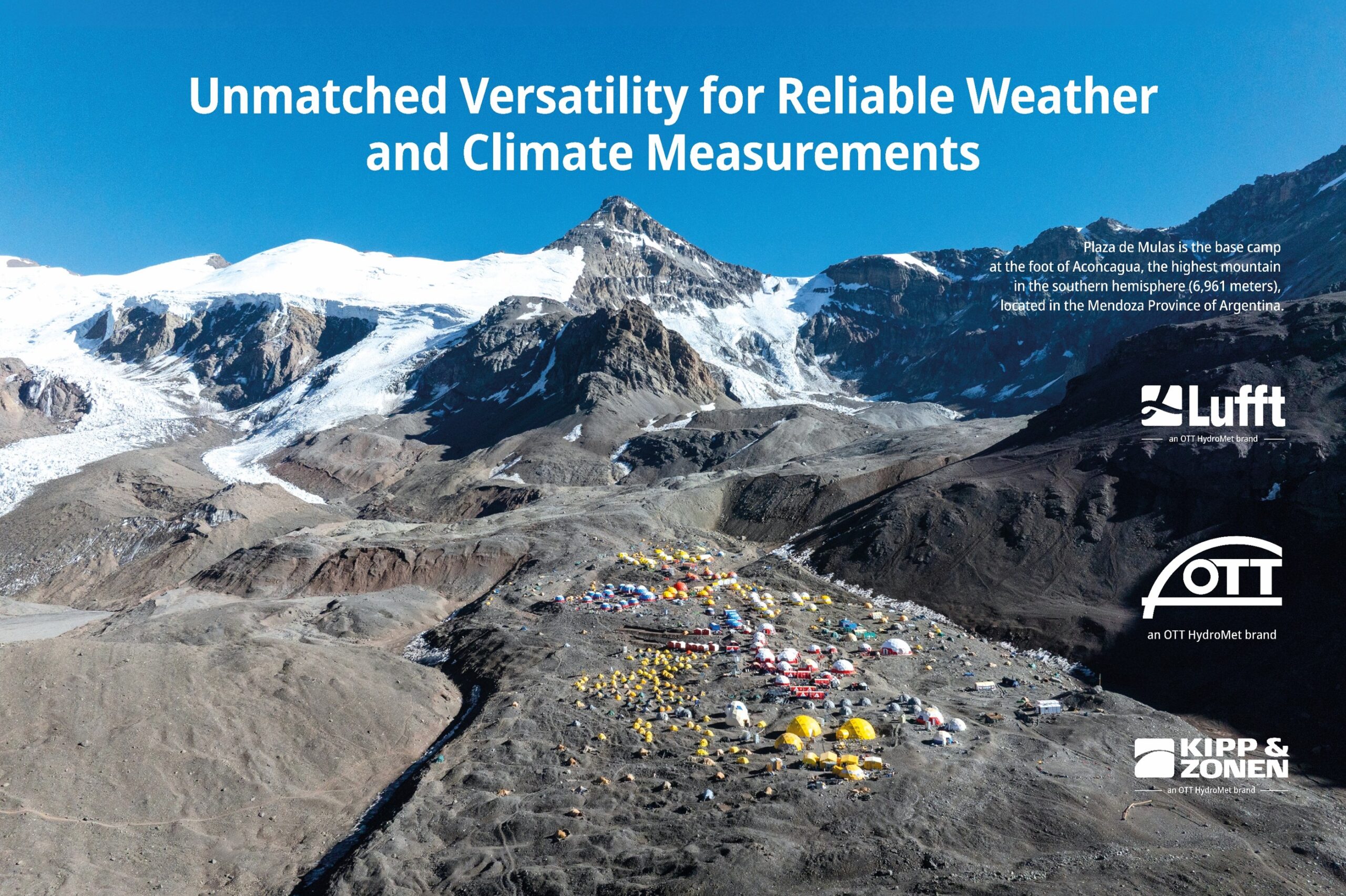Today, a wide range of government agencies, municipalities, utility companies, and private companies need to monitor water flow in rivers, streams, and canals for a variety of reasons ranging from predicting water availability and flood events to allocating water resources and planning for future development. At a high-level, these organizations are concerned with the water flow and discharge of the surface water in a particular area. More specifically, water discharge, which is the volume of water moving through the cross section of a stream or river during a particular unit of time, is typically computed by multiplying the area of water in a channel cross section by the average velocity of the water in that cross section. This measurement is commonly expressed in cubic feet per second or gallons per day. Discharge measurements also take into account any suspended solids, dissolved chemicals, or biologic materials that are transported in the water through the cross section as well.
This whitepaper will provide a general guide for taking the necessary steps to calculate accurate surface water discharge measurements, including considerations for selecting the most ideal monitoring site, the technologies available for various site conditions, and how to ensure your systems continuously provides accurate data through modern quality assurance and quality control (QA/QC) methods.
Download the full white paper with step instructions to accurately calculating Surface Water Discharge – click here
More discharge product description for mobile and continuous application see at www.ott.com



